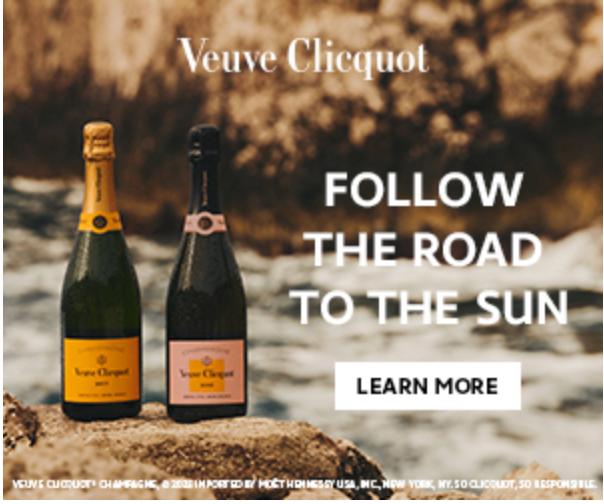Broadway‘s ‘Ohio State Murders’ – Starring Audra McDonald now has casting completed, with the Jones Theatre Box Office open for ticket sales for this very limited engagement.
Emmy®, Grammy®, and Six-time Tony® Award Winner
AUDRA McDONALD in
OHIO STATE MURDERS
By ADRIENNE KENNEDY. Directed by Tony Award Winner KENNY LEON With Tony® Award Nominee BRYCE PINKHAM
MISTER FITZGERALD, LIZAN MITCHELL, ABIGAIL STEPHENSON,
BRETT DIGGS, BROOKE GARDNER, CHRISTINA PEDERSEN,
GAYLE SAMUELS
The complete cast for the Broadway premiere of Ohio State Murders by Adrienne Kennedy is now announced. Joining Emmy, Grammy, and Six-time Tony Award winner Audra McDonald, Tony Award nominee Bryce Pinkham (A Gentleman’s Guide to Love and Murder), and Drama Desk nominee Lizan Mitchell (On Sugarland, Trojan Women),
The cast also includes: Mister Fitzgerald, Abigail Stephenson, Brett Diggs, Brooke Gardner, Christina Pedersen and Gayle Samuels.
Tony Award winner Kenny Leon (A Raisin in the Sun, A Soldier’s Play) directs. Ohio State Murders will be the first show to play at the newly renamed James Earl Jones Theatre beginning Friday, November 11, 2022 and opening on Thursday, December 8, 2022 for a strictly limited engagement.
Rehearsals for Ohio State Murders begin October 17.
Additionally, the James Earl Jones Theatre box office (138 West 48th St.) is now open Mon-Sat, 10 am-6 pm and tickets can be purchased in person there, through Telecharge.com or by calling 212-239-6200.
The creative team for Ohio State Murders includes set design by Beowulf Boritt, costume design by Dede Ayite, lighting design by Allen Lee Hughes, sound design by Justin Ellington, projection design by Jeff Sugg, wig/hair/make-up design by J. Jared Janas, original music by Dwight Andrews and casting by Caparelliotis Casting.
“One of the finest living American playwrights…” (The New York Times), Obie Lifetime Achievement Award Winner, and a member of the Theater Hall of Fame, Adrienne Kennedy will make her Broadway debut with this production at age 91. Earlier this year, Kennedy was awarded the Gold Medal for Drama from the Academy of Arts and Letters, which is awarded to those who have achieved eminence in an entire body of work. Only four other dramatists have been awarded the Gold Medal: Edward Albee, Tennessee Williams, Eugene O’Neill and Arthur Miller. Ms. Kennedy has been contributing to American theater for over six decades, and is best known for her plays such as Funnyhouse of a Negro (Obie Award), June and Jean in Concert (Obie Award), and Sleep Deprivation Chamber which she co-authored with her son Adam Kennedy (Obie Award) as well as numerous other plays and books.
“I am so thrilled. It’s only taken me 65 years to make it to Broadway!” said Kennedy.
“I’m honored and humbled to be part of Adrienne Kennedy’s long-overdue Broadway debut in the newly dedicated James Earl Jones Theatre with Kenny Leon,” said McDonald. “This timeless play has a powerful resonance and relevance today, and we can’t wait to share it with the world.”
When writer Suzanne Alexander (Audra McDonald) returns to her alma mater as a guest speaker, in which she explores the violence in her works, a dark mystery unravels. Adrienne Kennedy’s Ohio State Murders is an intriguing and unusual suspense play, as well as a social pertinent look at the destructiveness of racism in our society.
Ohio State Murders is presented by Jeffrey Richards, Lincoln Center Theater, Rebecca Gold, Jayne Baron Sherman, Hunter Arnold, Kevin Ryan/Lisa Alexander Taylor, Marc David Levine, Sheryl Lee Ralph/Jeremy Lentz, Brad Blume, Robert Boyett, Irene Gandy, John Paterakis, Iris Smith, Willette and Manny S. Klausner, Kayla Greenspan, Marlene and Gary Cohen, Ken and Rande Greiner/Sandy Marshall/Jamie deRoy, Jacob Soroken Porter, Concord Theatricals, John Gore Organization, James L. Nederlander Organization and The Shubert Organization.
www.ohiostatemurdersbroadway.com
Follow Ohio State Murders on social media @ohiomurdersbway.



